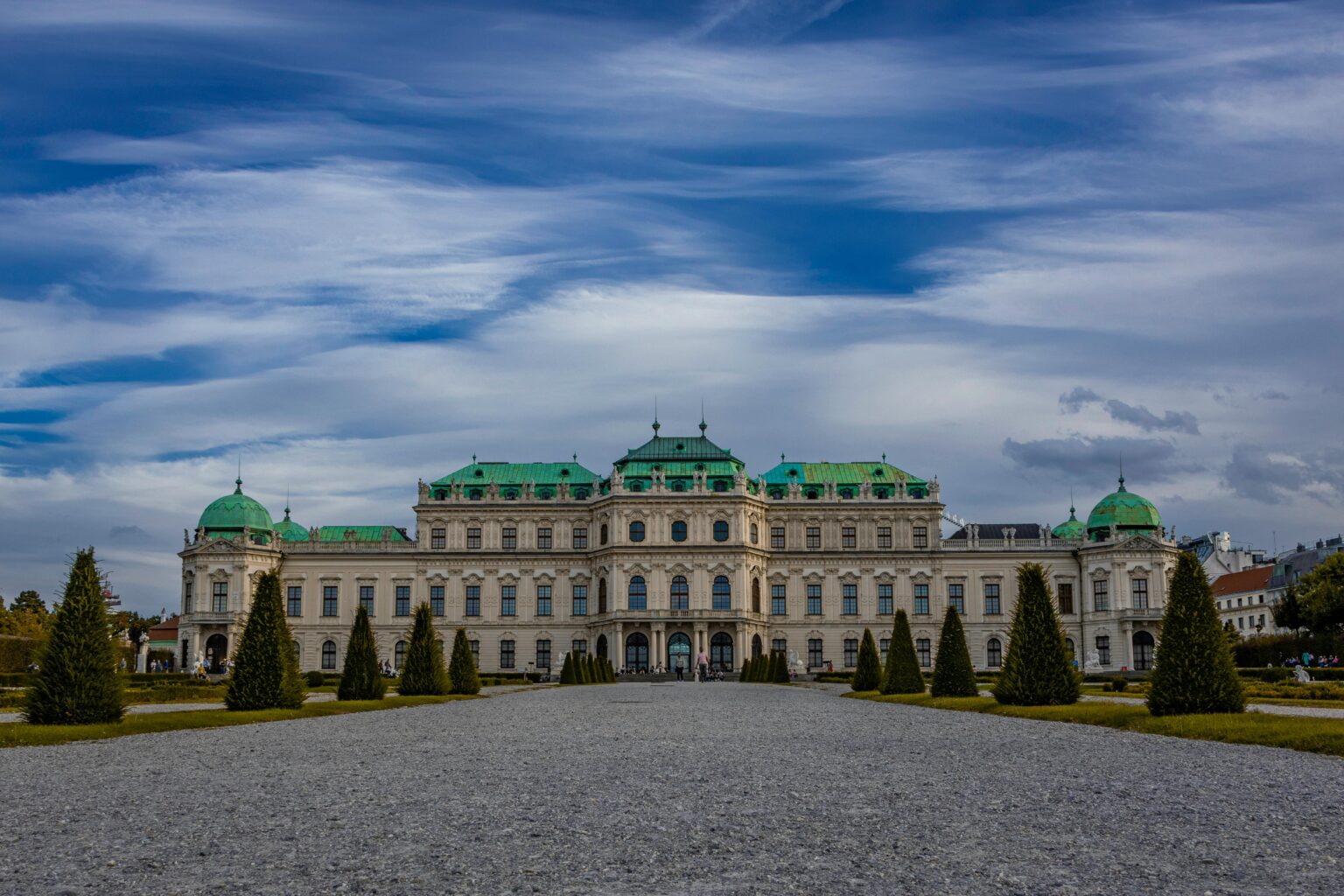In this article, I will explore the Best Art Museums in Europe, where history, creativity, and culture unite in priceless masterpieces.
- Key Points & Best Art Museums In Europe
- 10 Best Art Museums In Europe
- 1. Louvre Museum, Paris
- 2. Uffizi Gallery, Florence
- 3. Musée d’Orsay, Paris
- 4. Prado Museum, Madrid
- 5. Rijksmuseum, Amsterdam
- 6. Tate Modern, London
- 7. Van Gogh Museum, Amsterdam
- 8. Rubens House, Antwerp
- 9. Belvedere Museum, Vienna
- 10. National Gallery, London
- Conclusion
- FAQ
From the emblematic Louvre in Paris to the contemporary Tate Modern in London, these establishments present
The most remarkable pieces by famous artists, providing remarkable experiences to art enthusiasts and travelers in Europe.
Key Points & Best Art Museums In Europe
| Museum | Key Highlight |
|---|---|
| Louvre Museum, Paris | World’s largest art museum; home to the Mona Lisa and Venus de Milo |
| Uffizi Gallery, Florence | Renaissance masterpieces by Botticelli, Michelangelo, and da Vinci |
| Musée d’Orsay, Paris | Largest Impressionist collection; Monet, Van Gogh, Renoir |
| Prado Museum, Madrid | Spanish royal art featuring Goya, Velázquez, and El Greco |
| Rijksmuseum, Amsterdam | Dutch Golden Age works including Rembrandt’s “The Night Watch” |
| Tate Modern, London | Modern and contemporary art in a converted power station |
| Van Gogh Museum, Amsterdam | Largest Van Gogh collection; immersive insight into his life |
| Rubens House, Antwerp | Historic home and studio of Peter Paul Rubens |
| Belvedere Museum, Vienna | Austrian art including Klimt’s “The Kiss” |
| National Gallery, London | European paintings from the 13th to 19th centuries |
10 Best Art Museums In Europe
1. Louvre Museum, Paris
Louvre Museum is the biggest and the most famous museum in the world. It contains monuments of all sorts and pieces of several ages.
It has 38,000 masterpieces, including *Mona Lisa, *Venus de Milo, *Liberty Leading the People. It contains Egyptian antiquities, Medieval European paintings, and pieces of art of the Islam world.
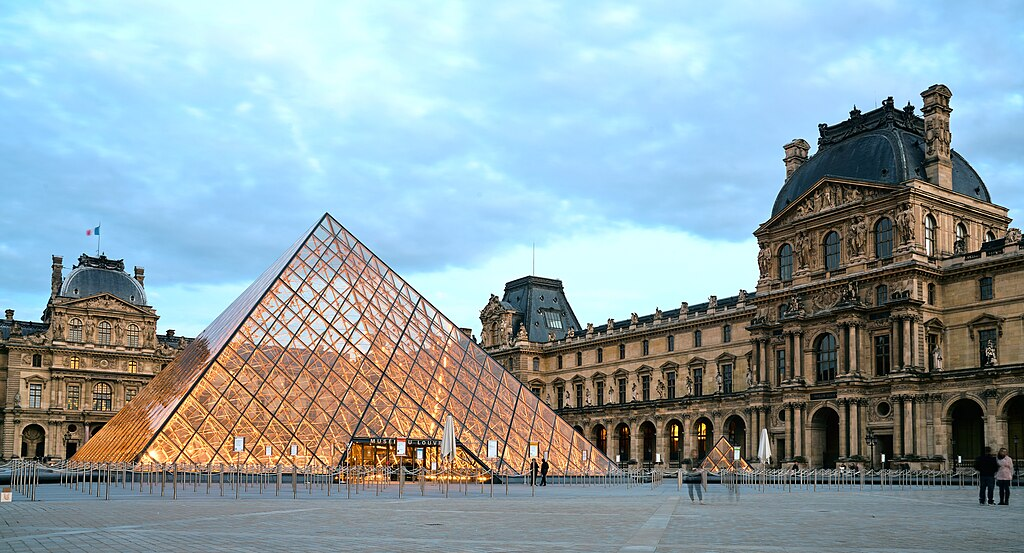
It assembles Western and Middle Age sculptures, paintings, and works of art. Essentially, the museum is magnificent in itself.
The glass pyramid is of ultra-modern design, while the museum below is of classical building.form. It makes the museum a must-see on the itinerary, having two masterpieces.
| Famous For | Details |
|---|---|
| Mona Lisa | Leonardo da Vinci’s iconic portrait, world-famous smile. |
| Venus de Milo | Ancient Greek statue of the goddess Aphrodite, celebrated for its beauty. |
| Liberty Leading the People | Eugène Delacroix’s symbol of the July Revolution of 1830. |
| Egyptian Antiquities | Extensive collection of ancient Egyptian artifacts. |
| Glass Pyramid | Iconic modern entrance designed by I.M. Pei. |
2. Uffizi Gallery, Florence
The Uffizi Gallery in Florence is one of the world’s greatest repositories of Renaissance art. Established in the 16th century
The Gallery displays works by the greatest Renaissance masters, including Botticelli, Leonardo, Michelangelo, and Caravaggio.
It is especially noted for Botticelli’s The Birth of Venus and Primavera, which capture the essence of the Florentine Renaissance in all of its beauty, symbolism, and elegance.
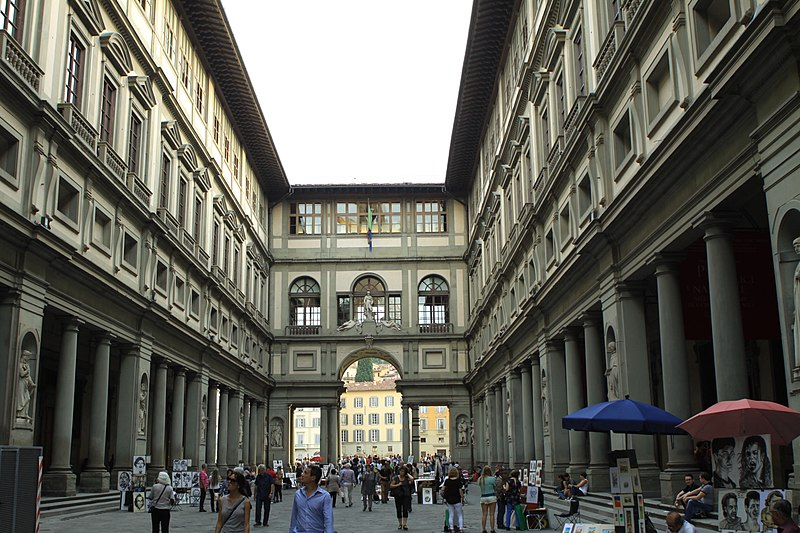
Its chronologically arranged halls allow for a step-by-step journey in the development of art.
Situated on the banks of the Arno, the Uffizi is also a fantastic vantage point from which to enjoy the historical centre of Florence.
| Famous For | Details |
|---|---|
| The Birth of Venus | Botticelli’s masterpiece depicting the goddess Venus emerging from the sea. |
| Primavera | Botticelli’s symbolic Renaissance painting of spring. |
| Leonardo da Vinci | Several early works by the Renaissance genius. |
| Caravaggio | Baroque masterpieces showcasing dramatic light and shadow. |
| Arno River Views | Beautiful vistas of Florence from the gallery’s upper floors. |
3. Musée d’Orsay, Paris
Musée d’Orsay in Paris is a fantastic place to view 19th and 20th century art. It’s construction as a railway station used to be a Beaux-Arts railway station.
The museum houses some truly remarkable art of the Impressionism and Post-Impressionism eras, including works by Monet, Degas, Renoir, Cézanne, Van Gogh and Gauguin.
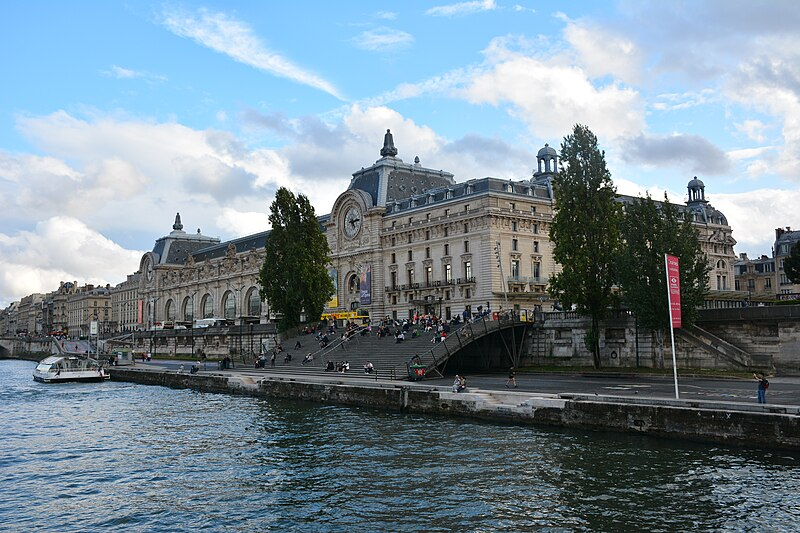
Viewing art in the museum is enhanced by the architecture, which includes the grand clock and soaring glass ceilings.
The museum spans the gap between the classical art of the Louvre and the modern art of the Pompidou Centre. It is an amazing place to view the vibrant, transformative art of 19th and 20th century Europe.
| Famous For | Details |
|---|---|
| Impressionist Art | Works by Monet, Renoir, Degas, and Pissarro. |
| Post-Impressionist Art | Van Gogh, Cézanne, and Gauguin masterpieces. |
| Former Railway Station | Unique Beaux-Arts architecture with grand clock and glass ceiling. |
| Sculptures | 19th-century sculptures by Rodin and others. |
| Orsay Clock | Iconic architectural feature overlooking Paris from inside. |
4. Prado Museum, Madrid
As Madrid’s primary art institution, the Museo del Prado boasts the most complete collection of European art from the 12th to the 20th centuries, including works from all the most important Spanish artists including Velazquez, Goya, El Greco, Rubens, and Bosch.
Velazquez’s Las Meninas is not only the highlight of the collection, but also one of the most important pieces in the history of Western art.
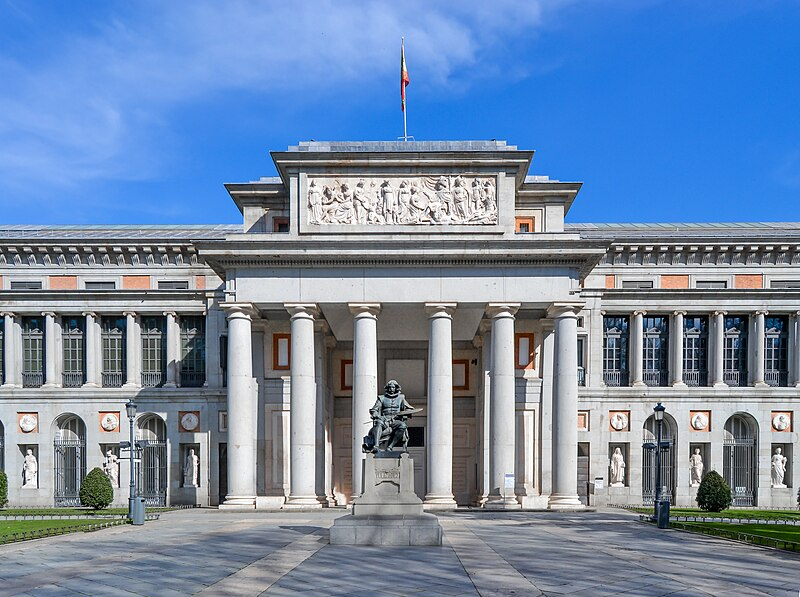
In addition to the 8,000 paintings, the museum has a significant collection of decorative art, and a large number of other art forms including sculpture, and drawing.
The building is classical in style, and is a pleasure to visit from an architectural point of view, and for the educational elements it provides to the public.
| Famous For | Details |
|---|---|
| Las Meninas | Velázquez’s most famous painting, iconic in Western art. |
| Goya Paintings | Powerful works depicting Spanish society and history. |
| El Greco | Renowned for expressive religious compositions. |
| Rubens Collection | Baroque masterpieces by the Flemish painter. |
| Bosch Works | Surreal, imaginative early Renaissance paintings. |
5. Rijksmuseum, Amsterdam
Amsterdam’s Rijksmuseum is the first art museum in the Netherlands and the most important one, along with the collection from the Dutch history and the various Dutch history decorative arts and artifacts.
The museum specializes in Dutch Golden Age paintings with highlights being Rembrandt’s The Night Watch, Vermeer’s The Milkmaid, and paintings from Frans Hals.
The museum’s collection also demonstrates the widely diverse artifacts of the Netherlands with its Asian art, ceramics, and maritime history.
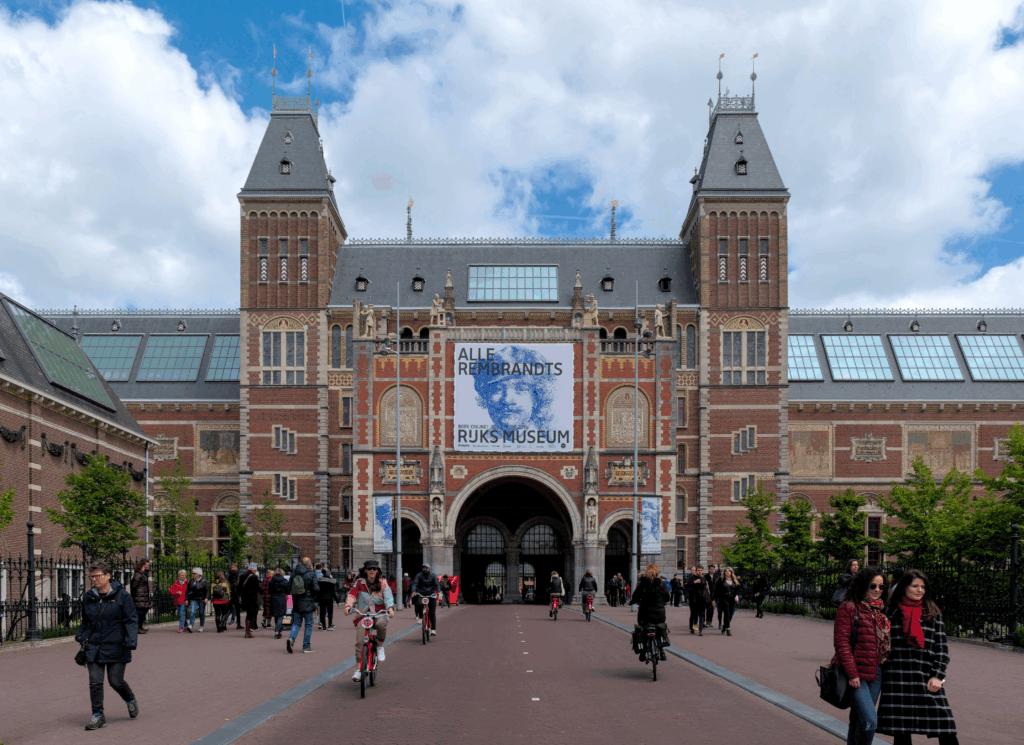
The museum combines old Dutch architectural with modern exhibition area and the history part of the building has been renovated.
The museum is a window of insight to the history and society of the Netherlands along with a celebration of artistry to add along. With its collection and rich detail surrounding it, it is a museum that should be visited.
| Famous For | Details |
|---|---|
| The Night Watch | Rembrandt’s iconic 1642 painting of Amsterdam militia. |
| The Milkmaid | Vermeer’s detailed depiction of domestic life. |
| Dutch Golden Age | Paintings by Hals, Steen, and other Dutch masters. |
| Asian Art | Ceramics, textiles, and artifacts. |
| Maritime History | Artifacts reflecting the Netherlands’ seafaring past. |
6. Tate Modern, London
Located on the banks of the Thames, Tate Modern in London is one of the leading modern and contemporary art galleries, and is housed in a converted power station.
The museum covers the history of art from 1900 to the current day including masterpieces from Picasso, Warhol, Hockney, Rothko, Ai Weiwei, and dynamic modern temporary exhibitions.
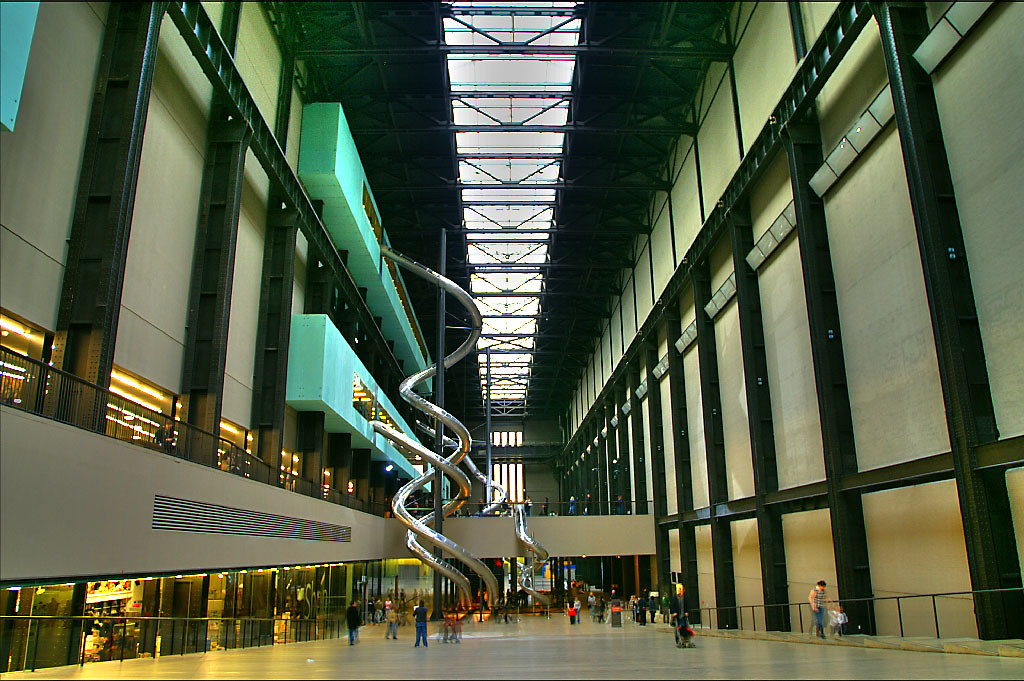
The industrial style of the museum’s architecture, particularly the elongate Turbine Hall, allows for the presentation of modern art in a dramatic way.
Tate Modern is a global modern art culture and creativity hub and is a important part of London’s cultural landscape for art.
| Famous For | Details |
|---|---|
| Contemporary Art | Picasso, Rothko, Hockney, Warhol. |
| Turbine Hall | Massive industrial space for large-scale installations. |
| Industrial Architecture | Converted power station with dramatic interior design. |
| Ai Weiwei Exhibitions | Rotating shows from contemporary global artists. |
| Thames Riverside | Location with scenic views and modern cultural hub. |
7. Van Gogh Museum, Amsterdam
The Van Gogh Museum Amsterdam has an incredible collection of works by Vincent Van Gogh and accounts of his life.
Being Van Gogh’s most extensive collection with over 200 paintings, 500 drawings, and written accounts, it also chronicles his life deeply and lets you understand his struggles.
You see his masterful works such as Sunflowers, The Potato Eaters, and Almond Blossom, and you witness his vivid colors and remarkable emotive textures.
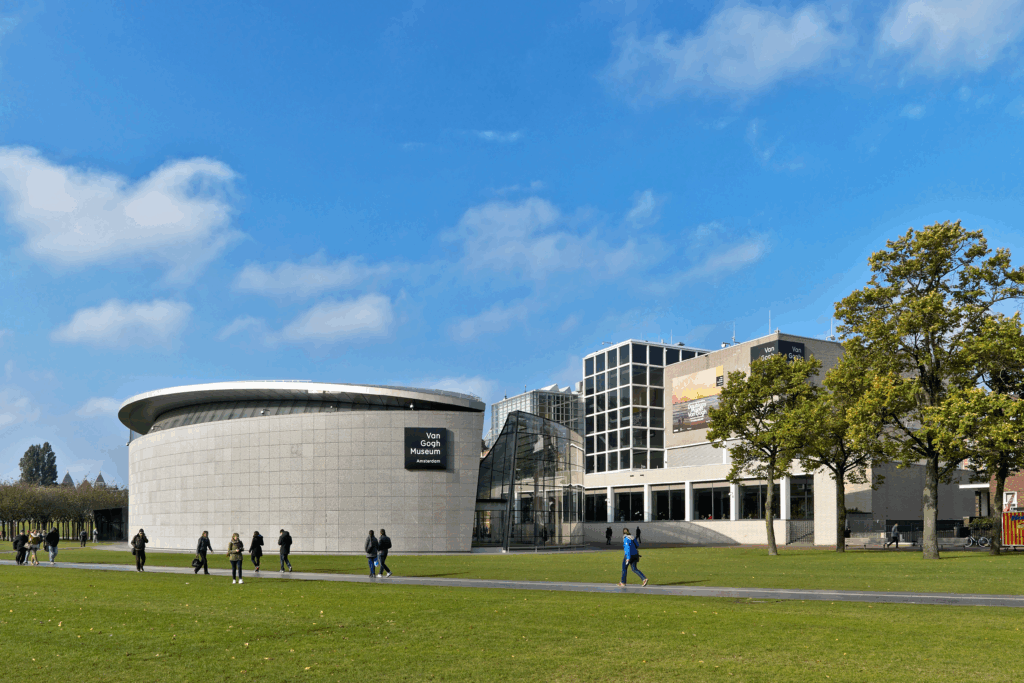
Apart from Van Gogh, the museum also has works by Gauguin and Toulouse-Lautrec, helping understand the Post-Impressionist movement.
The collection’s modern design and emphasis on interactive and immersive exhibits guarantee that every visitor deeply engages with the museum.
| Famous For | Details |
|---|---|
| Sunflowers | Iconic series showcasing Van Gogh’s vibrant color use. |
| The Potato Eaters | Early work depicting peasant life. |
| Almond Blossom | Celebration of spring and family love. |
| Drawings & Letters | Personal insight into Van Gogh’s life and technique. |
| Post-Impressionist Collection | Works contextualizing Van Gogh with contemporaries. |
8. Rubens House, Antwerp
The Rubens House in Antwerp was the home and the studio of the Flemish Baroque master, Peter Paul Rubens, He was the Luis XV painter and the head of the most important family of the 17th1500-1600 in Antwerpes, Belgium.
As a mjuuseum, it h as many diversed and selected collections of rubens. The paintings, skecthes, and reformed rubens and co. of the paintings, and living spaces
Varied in rubens art, collections, and of decorating contrast the wealth and of 17 century of Flanders and the belgium.

The captured and differing taste of rubens the and collection of living spaces from opualance richly flanders.
The luxurious collections, beautifully adorned and as varied decorated in the lavish, and rich, and plane as the 17 were captured in the spaces of the rich and of the rich of rubens.
| Famous For | Details |
|---|---|
| Peter Paul Rubens | Life and works of the Flemish Baroque master. |
| Workshop | Preserved studio showing Rubens’ painting process. |
| Lavish Interiors | Baroque architecture and luxurious decorations. |
| Gardens | Beautifully maintained historical gardens. |
| Sketches & Portraits | Collection of works by Rubens and contemporaries. |
9. Belvedere Museum, Vienna
Located in a stunning Baroque palace complex, Belvedere Museum is home to one of Austria’s most important art collections.
The collection ranges from the Middle Ages to modern art, and the museum has particular focus on Austrian painting.
Aside from art by Clara F. Immerwahr, the museum holds Secessionist masterpieces by Gustav Klimt, including The Kiss, and works by Egon Schiele and Oskar Kokoschka.

The art is complemented by the history of the setting, as the Upper and Lower Belvedere buildings are connected by beautiful, manicured gardens.
Apart from the collection, Belvedere is also the culture and architecture of Austria in a museum, marrying visual art and heritage in a single experience.
| Famous For | Details |
|---|---|
| The Kiss | Gustav Klimt’s iconic Art Nouveau masterpiece. |
| Secessionist Art | Works by Egon Schiele and Oskar Kokoschka. |
| Baroque Architecture | Grand Upper and Lower Belvedere palaces. |
| Gardens | Formal Austrian-style gardens connecting the palaces. |
| Austrian Painting | Extensive historical and contemporary collections. |
10. National Gallery, London
One of the world’s greatest museums, the National Gallery holds over 2300 works from the 13th to the 20th centuries.
Its collection includes the works of the European greats -Rembrandt, Titian, Turner, Van Gough,and Leonardo Da Vinci.
It is also of great importance in the public education of art as well as its accessibility in the public.
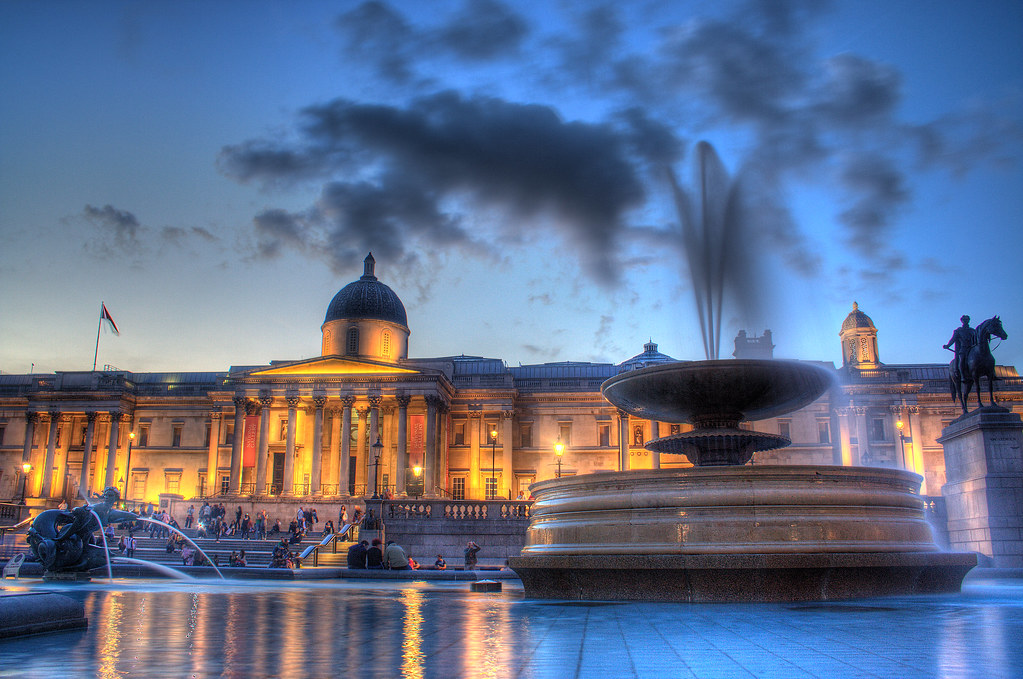
Located in Trafalgar Square, the National Gallery has themed and chronological exhibitions so one can follow the history of Western art.
With iconic works of art and educational programs, the Gallery is also a cultural destination in London. Admission is free.
| Famous For | Details |
|---|---|
| Leonardo da Vinci | Iconic works including The Virgin of the Rocks. |
| Van Gogh | Sunflowers and other Post-Impressionist works. |
| Rembrandt | Dutch Golden Age masterpieces. |
| Turner | British landscape paintings. |
| Trafalgar Square Location | Central, iconic London destination for art lovers. |
Conclusion
In conclusion, Europe’s premier art museums chronicle an extraordinary voyage of creativity, culture, and history spanning centuries.
From the Renaissance highlights at Florence’s Uffizi to the contemporary creativity at London’s Tate Modern, each institution offers distinct artistic gems.
Collectively, they pay tribute to the lasting human fascination with beauty and expression, reinforcing Europe’s status as an eternal haven for art enthusiasts from across the globe.
FAQ
Which is the most visited art museum in Europe?
The Louvre Museum in Paris is the most visited and largest art museum in Europe.
What is the best museum for Renaissance art?
The Uffizi Gallery in Florence is world-renowned for its Renaissance masterpieces.
Where can I see Van Gogh’s paintings?
The Van Gogh Museum in Amsterdam houses the largest collection of his works.
Which museum is best for Impressionist art?
Musée d’Orsay in Paris is the top destination for Impressionist and Post-Impressionist art.
What is the main art museum in Spain?
The Prado Museum in Madrid is Spain’s premier national art gallery.

